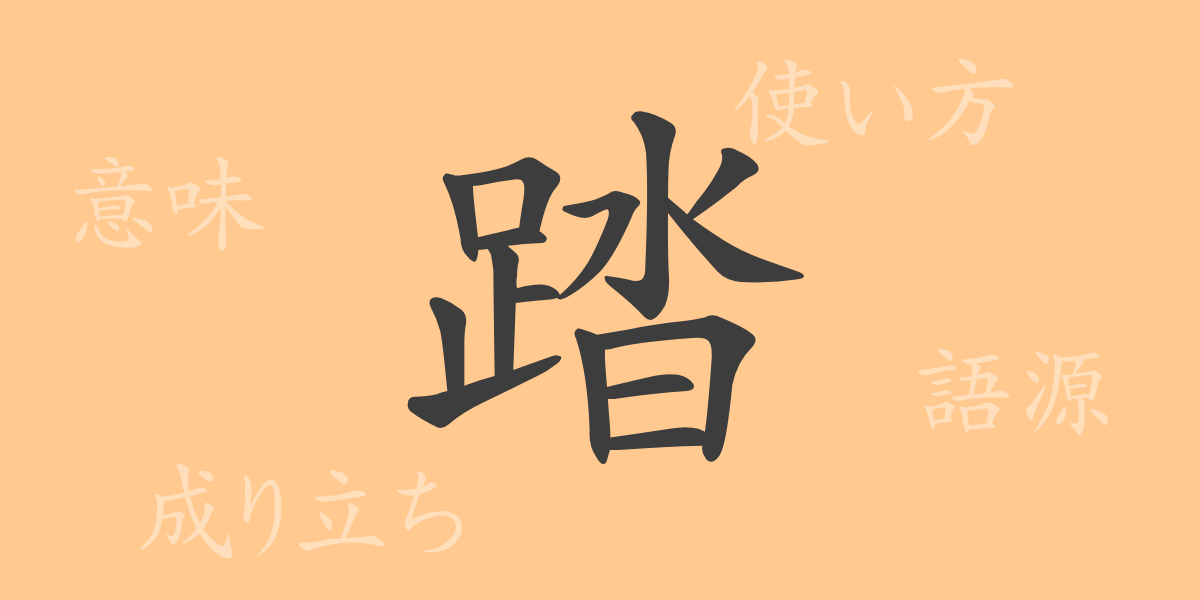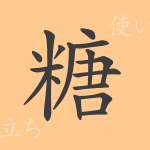The beauty of the Japanese language is also reflected in its complex character system. Kanji, with their shapes, meanings, and sounds, play a crucial role in conveying the deep culture and history behind words. This article focuses on the Kanji ‘踏 (トウ)’, exploring its origins, meanings, usages, as well as idioms and phrases related to it, unveiling the rich world embodied in this single character.
Origins of ‘踏 (トウ)’
The Kanji ‘踏’ originated from ancient China as a pictograph representing foot actions. It was developed to depict various actions involving the feet, evolving from a symbol representing the act of stepping or treading. This character embodies the action of firmly stepping on the ground, conveying a sense of strength and certainty in that movement.
Meaning and Usage of ‘踏 (トウ)’
‘踏’ primarily denotes actions related to the feet such as ‘to step firmly on the ground’, ‘to step forward’, and ‘to hold one’s ground’. It is also used metaphorically in phrases like ‘踏み込む (ふみこむ)’, meaning to delve into the core of matters, and ‘踏まえる (ふまえる)’, meaning to base on or take into consideration, reflecting its abstract applications.
Reading, Stroke Count, and Radical of ‘踏 (トウ)’
The Kanji ‘踏’ plays a significant role in Japanese through both its form and meaning.
- Readings: On’yomi ‘トウ’, Kun’yomi ‘ふ・む’ and others.
- Stroke Count: ‘踏’ consists of 15 strokes.
- Radical: The radical of ‘踏’ is ‘足 (あし)’ or ‘⻊ (しんにょう)’, related to foot or movement.
Phrases, Idioms, and Proverbs Using ‘踏 (トウ)’
There are numerous idioms and proverbs that include ‘踏’, each illustrating the richness of expression in Japanese. For example, ‘一歩踏み出す (いっぽふみだす)’ symbolizes the courage to start something new, while ‘踏みとどまる (ふみとどまる)’ expresses determination to face difficulties. ‘踏みにじる (ふみにじる)’ means to disregard others’ feelings or rights, and ‘踏み込む (ふみこむ)’ refers to encroaching on taboo or private matters. These expressions are used in various contexts in daily life.
Conclusion on ‘踏 (トウ)’
The Kanji ‘踏’ is pivotal in Japanese communication, from its form to its usage, reflecting the language’s intricacies and cultural background. Its diverse readings and phrases enrich Japanese, making ‘踏’ a key character for understanding and deepening knowledge of the language. From everyday conversation to literature and business, ‘踏’ is utilized across a wide range of scenes, offering insights into the depth of Japanese language and culture.

























